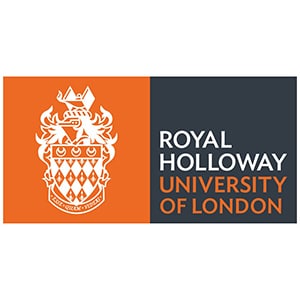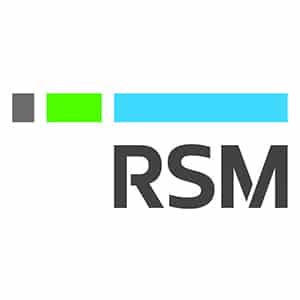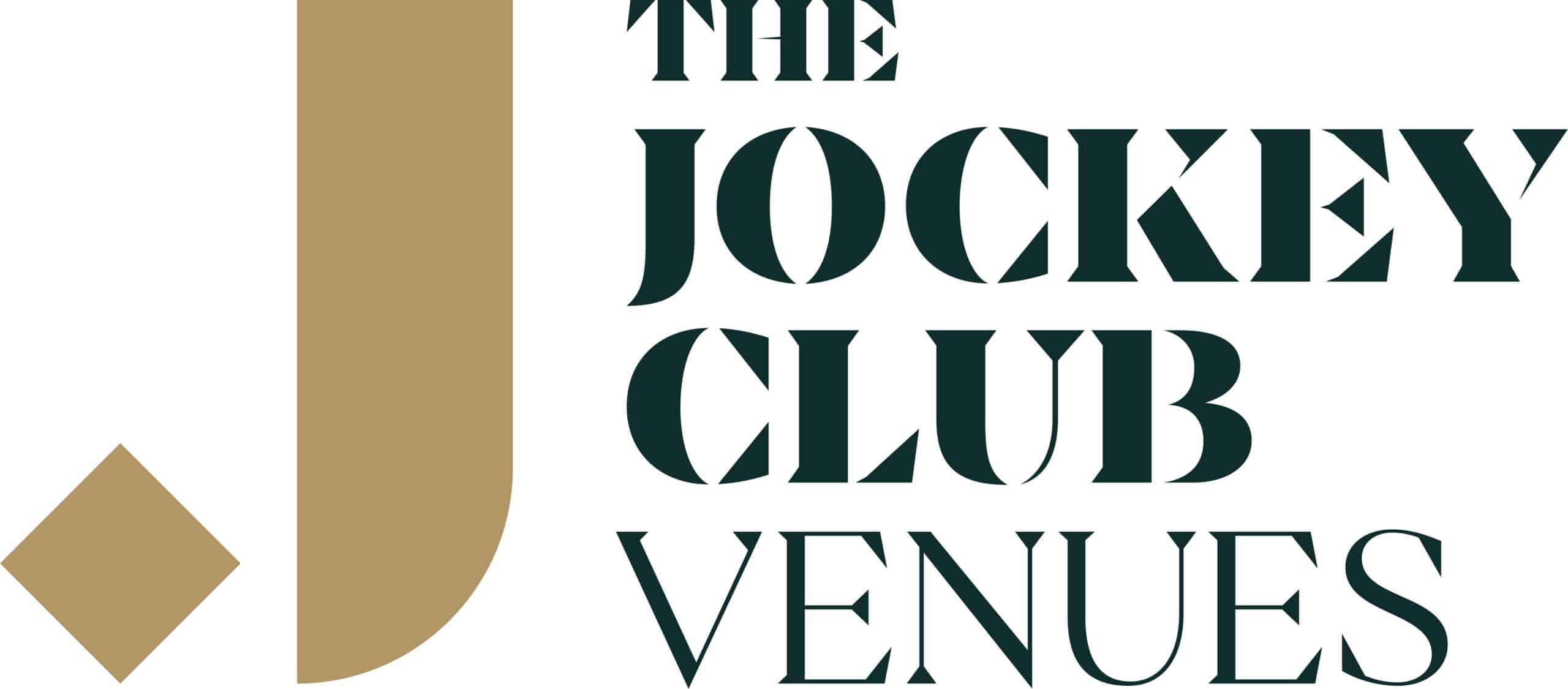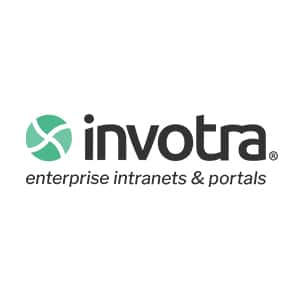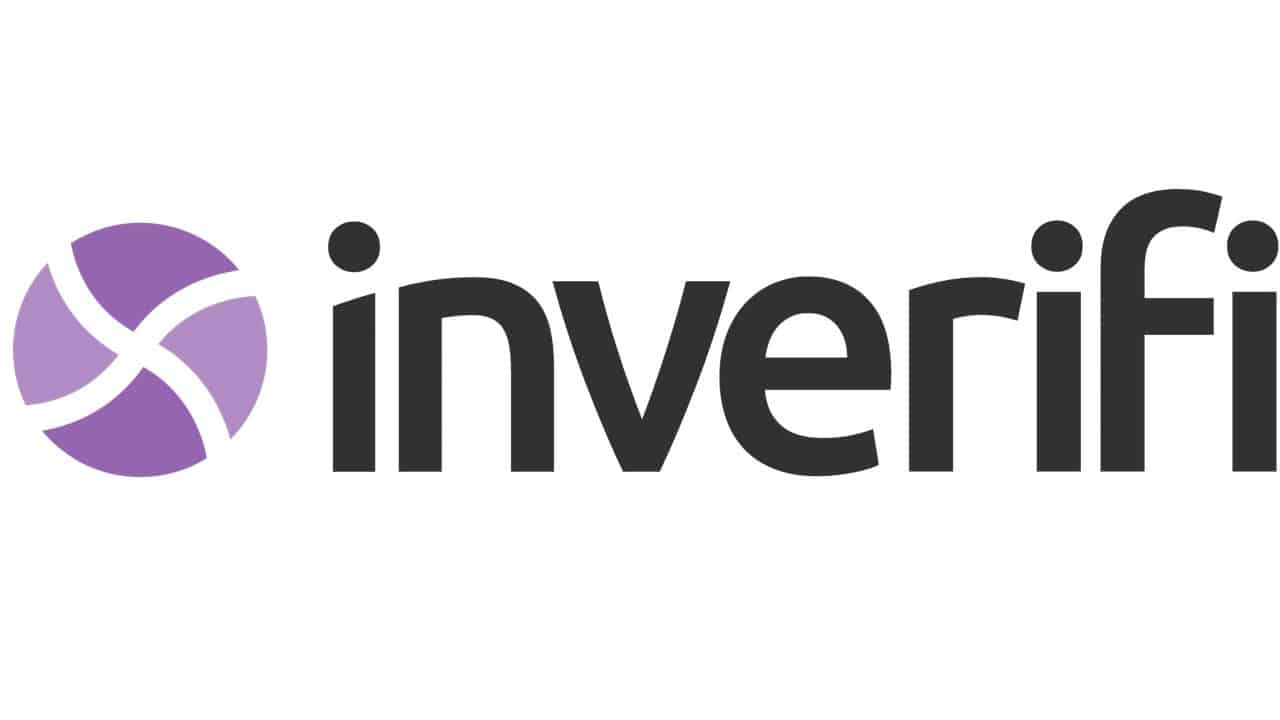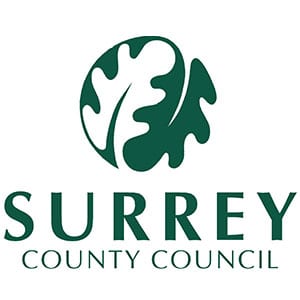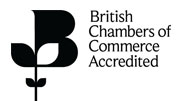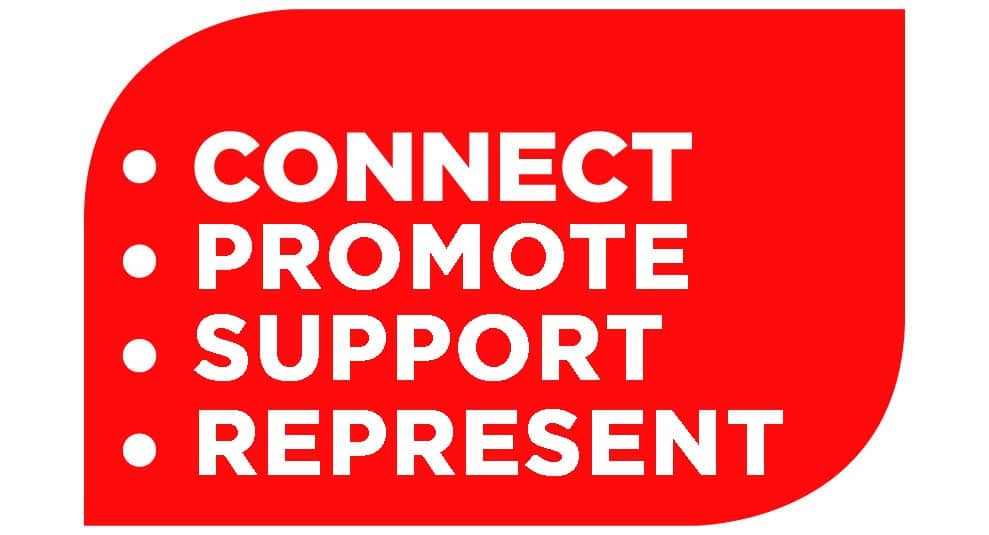Trade Missions
What is a Trade Mission and what to do when attending one?
Trade Missions provide businesses with significant advantages if they are exploring the opportunity to expand their operations overseas or wishing to trade (exporting or importing) with countries they haven’t done so previously while reducing the risk and cost compared to travelling alone. Typically, they involve several companies at different levels of exporting, as well as officials who are there to support businesses throughout the trip. Trade missions give businesses of all sizes an opportunity to showcase their company and make valuable contacts overseas.
Potential buyers, agents, distributors, and joint venture partners are often sourced prior to each Mission, providing delegates with the best opportunity of building profitable business relationships.
Trade Missions open doors and fast track companies to engage in dialogue with the right companies and just as importantly the right individuals on one trip.
Below, we look at what businesses need to plan for their next trade mission
Choose a trade mission
A trade mission can be initiated by both private and public sector organisations, each with their own individual objectives. The Department for International Trade (DIT), along with Chambers of Commerce and specialist Trade Mission companies, organises both official government trade missions and independent trade mission to markets all over the world, delivering a comprehensive programme including attendance at international trade shows, meeting programmes, and private tours all at a cost-effective price. There are also often valuable networking opportunities with key representatives from the industry and overseas governments.
When choosing your trade mission, consider the agenda of activities and if they will suit your company’s goals. Trade missions that involve a trade show require further research, find out what kind of companies will be exhibiting and who will be attending – is this the right audience for you?
Travelling with a government-backed delegation can often broaden your networking opportunities, particularly in terms of government officials and industry professionals.
Have a clear objective for the trip
Trade missions incur a cost, both financially and in time away from the office, but by planning for it you will get a clearer idea of what to aim for and how to maximise your experience. You will typically book onto a trade mission four to five months in advance, which gives you sufficient, valuable time to prepare for your trip, make contacts in advance and understand what business development you hope to achieve.
To help you prepare, ask yourself three key questions ahead of your visit:
- Why are you going?
- Who do you want to meet?
- What goals do you want to achieve?
To help cover the cost of your trip, you may be eligible for the Market Visit Support grant or the Trade Show Access Programme, available from the Department of International Trade.
Prepare for the trade show
Trade shows are a great way to showcase your brand in an overseas market. They provide opportunities to put your company in front of potential customers and business partners all under one roof. Whether you are an exhibitor or a visitor, there are a few golden rules to ensure you make the most of your time at a trade show:
Research the trade show
Know where you are going and what to expect. What kind of companies are exhibiting? Who will be attending? Consider the target audience and whether it’s customer-focused or business-focused, as this will impact your approach. Reach out to your contacts, see if anyone has first-hand experience of the show, or check with your International Trade Adviser (ITA) who can point you in the right direction.
Contact people in advance
If you have a contact you are keen to meet at the show, get in touch as soon as possible. Consider how you will make yourself stand out from others too. Why not send your portfolio or a sample of your product?
Sending samples overseas
If you are bringing products to showcase at an exhibition, remember to take into consideration delivery time, destination, or potential freight handling. Remember, if your goods are returning to the UK after your trip, apply for an ATA Carnet, a customs documentation which will allow your samples to travel duty-free and tax-free. To find out more about ATA Carnets, click here.
Adapt your marketing material
Just because your marketing material works in the UK, does not mean that it will work overseas. Take time to consider the country you are visiting; do you need to adapt it for a particular type of customer? If you need to translate your material, make sure it is translated by a native speaker who understands the nuances of the language. For Translations services, click here.
Promote your presence
Shout about the fact you will be there. If you can create a hype about your attendance, people will come and find you. Social media is an excellent platform to promote your presence, using photos and videos to share your experience with others. Use the trade show social media pages and hashtags to connect you to other show attendees. If you are exhibiting, don’t forget to include your stand number. If you are visiting with a delegation from DIT, follow the social media guide to elevate your presence before, during and after the show.
What to do after the trade mission
After your trip, make sure you follow-up with contacts. Many people’s inboxes will be heaving after a show, so be quick to get in touch while they can still remember you. It may be that you need to schedule a follow-up visit to the market, which funding can be used to support. Consider attending the same trade mission next year to build upon your success and develop those existing relationships. If things did not go quite right the first time, learn from those experiences and try again.
- FIND OUT MORE
- FIND OUT MORE
-
Global Business Network Trade Missions
FIND OUT MORE -
Events and Training
FIND OUT MORE
















